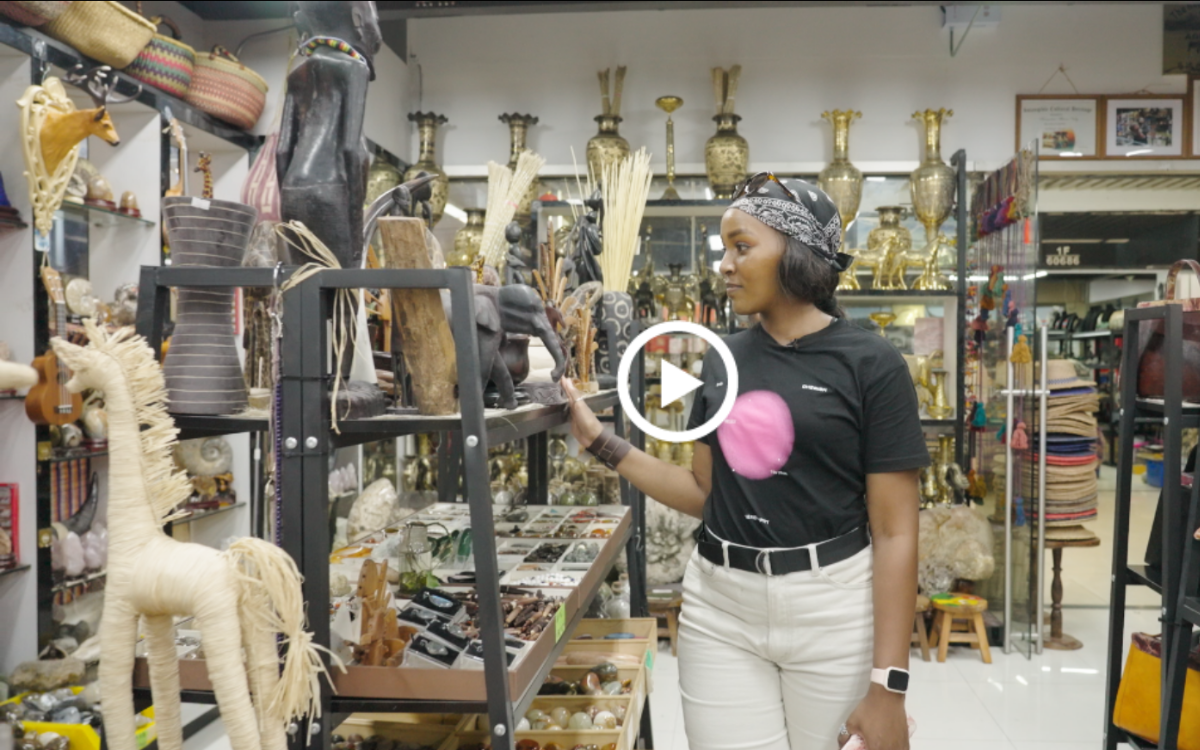Chinese netizens proclaim interest in oracle bones
Li Ying, a graduate who majors in oracle bone inscriptions at Zhejiang Normal University, attracted public attention on the internet recently after joking that her major was unpopular, provoking a large number of netizens to proclaim their interest in the subject.
She said there are only about 10 universities in China recruiting students in her major. However, her video received a slew of positive comments from netizens, who applauded the meaning of inheriting traditional Chinese culture.
"Every Chinese character provides a glimpse into history relevant to the character itself," Li said while introducing the source of oracle bone inscriptions, the earliest Chinese writing system, and the usefulness of her major.
Digital technology has played a great part in the revival of the oracle bone script. Li's video allows netizens to understand the development of Chinese characters and feel the unique charm of Chinese culture over thousands of years.
Oracle bone inscriptions were carved on tortoise shells, cattle scapula and other animal bones, and are today viewed as the earliest known form of Chinese characters, showing the continuous evolution of Chinese civilization.
People began to realize the significance of the bones toward the end of the Qing Dynasty (1644-1911). In 1928, oracle bones were first unearthed archaeologically in Xiaotun village, Anyang, in today's Henan province. The region was once called Yin, serving as the capital of the Shang Dynasty (c.16th century-11th century BC) in its late stage.
So far about 150,000 oracle bones have been found and more than 4,500 characters have been recognized. However, only a little more than 1,000 characters can be read and understood.
Among all the universities in China, Anyang Normal University, located at the first site to unearth the bones, has the only Oracle Information Processing Laboratory and Oracle Information Processing Innovation Team.
"This year is the first time for our laboratory to recruit postgraduate students majoring in cultural relics, with specific research directions for oracle bone inscription information processing," said Jiao Qingju, a staff member with the postgraduate admissions department of the Oracle Information Processing Laboratory of Anyang Normal University.
"We plan to recruit five students this year, but I didn't expect there would be 30 people applying for the vacancies," Jiao said, adding that the major is not as unpopular as the public imagines.
The major requires candidates to have a background in archaeology, basic knowledge of oracle bone inscriptions and computer information processing skills.
"Now there are more than 40 researchers in our team," said Gao Feng, deputy director of the laboratory.
"In the future, more researchers will be recruited to conduct their research with the combination of oracle bone inscription study, including those majoring in optoelectronics, chemistry and materials science, and artificial intelligence. We hope to attract more young talent to join our research team," Gao added.





 play
play